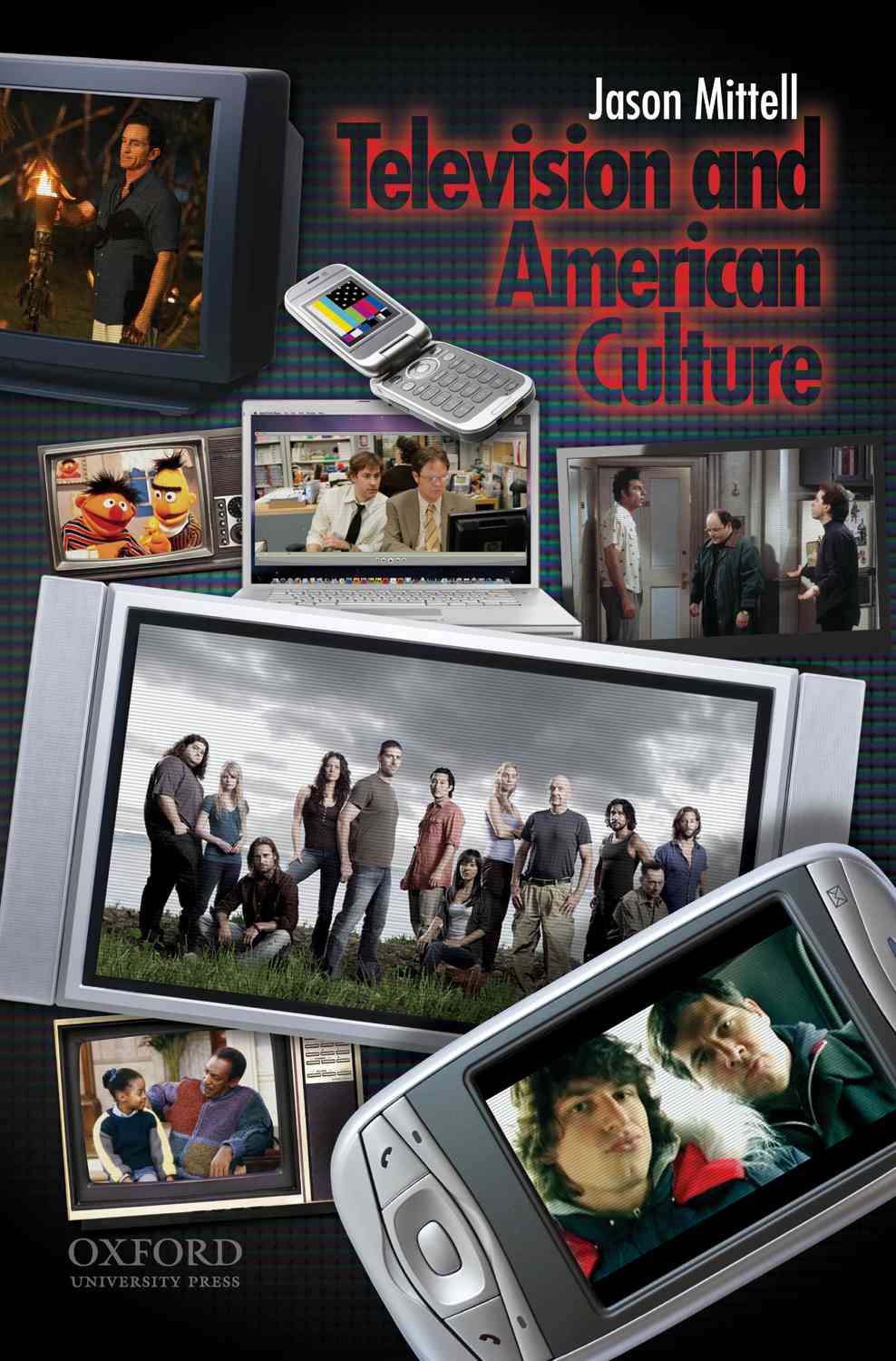Casual vs. loyal viewers: the sequel
Some really interesting comments about my previous post on this topic – instead of burying my responses in the comments, I figured I’d offer a new post to invite more discussion. I think the points that Derek & Michael raise are key – the dominant mode of viewing is still casual, surfing viewers stumbling across programs. Media scholars rarely watch this way, so we’re attuned to more dedicated modes of viewing – but I think more than just our own personal biases, we note what has changed in recent years. Since I became a media scholar, I have seen what were once marginal viewing practices (time-shifting, fan communities, paratextual proliferation, public declarations of valuing television) move into the mainstream – sure, the fannish viewer is still a minority, but it’s a public and empowered minority that is now the target of media & technology, not a semi-unwelcome byproduct. So media scholars like myself don’t study these practices simply because they parallel our own engagement (although that’s part of it), but because it’s a new development needing analysis – and comparatively it seems like there’s more to say about such programs and viewers than the traditional episodic shows and their casual viewers. (Although Michael’s right – we need to understand how old-style casual viewers engage with new-fangled complex narration as well as loyal viewers.)
In terms of the questions Jonathan & Cole raise about genres & shows – I have no doubt particular shows and genres have their own calculus of the balance between casuals and loyalists (to use Henry Jenkins’ terms). Serialization obviously breeds loyalty, but seriality can emerge across genres – on sitcoms, on reality shows, on sports, on game shows (the saga of Ken Jennings), on the news. As I’d mentioned before, it’s really frustrating that there is data about these differing viewing patterns (or at least the industry’s knowledge of them through the highly imprecise measure of Nielsen ratings), but it’s off-limits for researchers outside the industry.
One type of evidence that we can access is reported struggles between networks & producers over a show’s accessibility. For instance, we know that Alias prompted regular battles between ABC and J.J. Abrams over the network’s concern that the show had a closed viewership, with little room for new viewers who would be alienated by the show’s complex seriality – we can see the boost in ratings for season 4 coinciding with an increase in stand-alone episodes and shift away from the elements most valued by fans (although scheduling & promotional shifts might account for a good deal of this ratings rise). These changes suggest that, at least in the industry’s knowledge system, Alias attracted too many loyalists and not enough casuals – and that a shift in plotting (along with scheduling and promotional strategies) can yield a shift in that balance.
Another key element is the relative worth of these different viewer types. One common complaint about the Nielsen ratings is that they only measure “who is watching what?”, ignoring “how” & “why” people watch. But while ratings are the key currency within the industry, networks and advertisers invest in many other research methods and do care (at times, at least) about these other questions. Sam Ford has a nice response to my original post on the Convergence Culture blog, reminding us that the industry does value different levels of engagement, as loyalists are more likely to be moved by product placement, consume cross-media merchandise, and otherwise engage with programs in ways more attractive to the industry than casual viewers. Again, media scholars lack access to the full range of data that the industry uses to make such decisions, but we should never underestimate the amount of money, time, and intelligence that the industry dedicates to understanding the practices of TV viewers.
Anyway, I hope people continue to chime in…
Filed under: TV Industry, Viewers | 2 Comments









Hey Jason, thanks for the link. I think that my points about how loyal viewers can be monetized was more a wish on my part than how the industry often actually looks at things. My point about the CW Network was that it at least had to play some part in Veronica Mars being picked up as compared with similar series with comparable Nielsens but probably next to no loyal viewership. On the other hand, it’s still a quantiative impressions world out there, and my arguments are more trying to find ways that the industry should see it from this perspective than the industry actually doing so.
There are scores of people who “get it” out there, but the system itself does not.
Another bit of info – on the latest Battlestar Galactica podcast, Ron Moore discusses how he’s seen numbers that at one time, 1/3 of the ratings for BSG were time-shifted viewers (via DVRs or VHS) – and that SciFi discounted any timeshifted viewers as they assumed that ads were not being watched. Add to that iTunes downloads, DVD viewers, torrenters, etc., and arguably a minority of viewers are watching the show in the only way that the channel valued. He also mentions that the only thing that SciFi values beyond ratings is critical praise, as it adds to the SciFi brand, attracts quality talent, increases cable subscriptions, etc. So even though BSG is successful in generating dedicated cult viewers, it’s the critical validation that matters to SciFi. And the podcast, where Moore takes questions from a fan club after watching the season finale, is full of great insights – check it out!